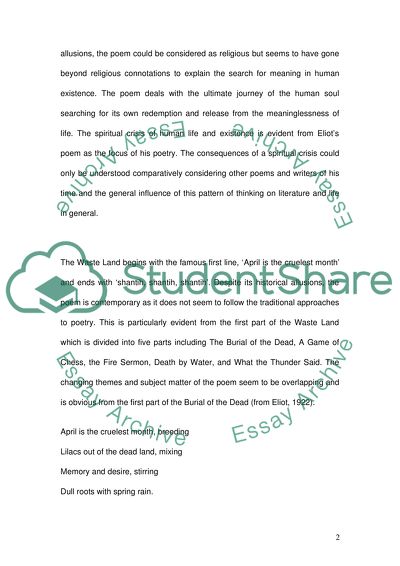Cite this document
(“Spiritual Crises of Human Life Book Report/Review”, n.d.)
Retrieved from https://studentshare.org/literature/1502324-spiritual-crises-of-human-life
Retrieved from https://studentshare.org/literature/1502324-spiritual-crises-of-human-life
(Spiritual Crises of Human Life Book Report/Review)
https://studentshare.org/literature/1502324-spiritual-crises-of-human-life.
https://studentshare.org/literature/1502324-spiritual-crises-of-human-life.
“Spiritual Crises of Human Life Book Report/Review”, n.d. https://studentshare.org/literature/1502324-spiritual-crises-of-human-life.


